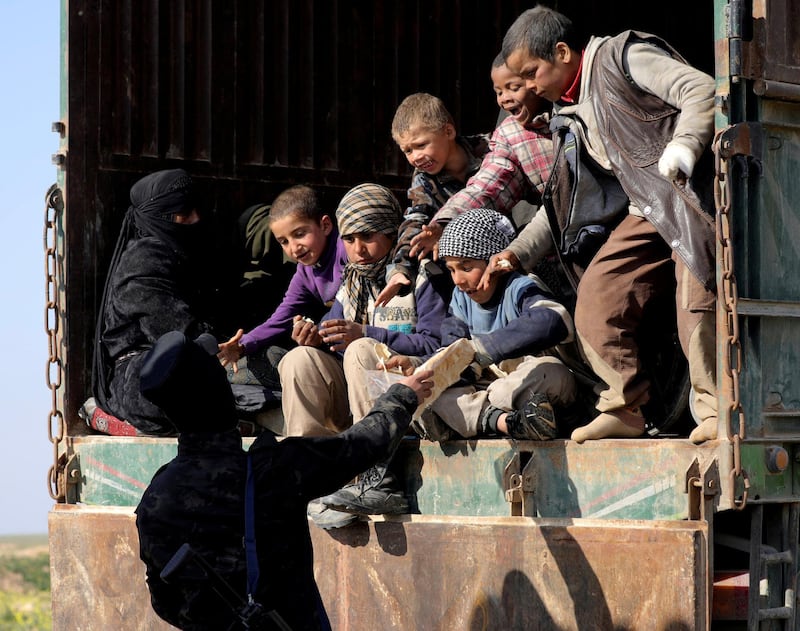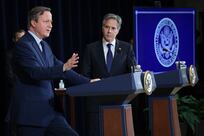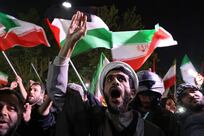When US President Donald Trump declared ISIS had been defeated and announced in December last year that he was pulling all 2,000 troops out of Syria, there were fears the withdrawal was ill-advised and premature, would weaken the US’s role in the future of Syria and expose its allies and the Kurdish fighters it supports to attack.
Secretary of defence James Mattis and US envoy Brett McGurk resigned in protest but the president seemed determined to stick to his guns.
But if belligerence is one of his defining characteristics, so is his mercurial temperament and it was the latter which seemingly prompted his U-turn last weekend, when he announced that he would be keeping 400 troops in Syria "for the foreseeable future".
Amid the confusion and frustration caused by his volte face is one certainty: a smattering of troops and no coherent strategy is the most damaging approach the US could take in Syria – for itself, its allies and for Syrians.
The presence of 400 pairs of boots on the ground – 200 maintaining the safe zone in northeastern Syria and 200 at the military base in Al Tanf – will be tokenistic at best and amounts to a mere representation rather than any effective fighting force. The vastly reduced deployment can only aid America’s enemies and undermine its allies.
America's wavering over Syria shows the White House fails to grasp what is at stake. Much of Syria is still volatile. ISIS, despite American insistence to the contrary, remains a flame to be fanned. The Syrian Democratic Forces, chiefly Kurdish fighters who have played such a vital role in beating back ISIS, remain as exposed as ever to attack by Turkey, whose hand has been stayed only by the threat of US involvement. Faced with abandonment by the US, in the interests of self-preservation the SDF is already drifting towards alignment with the Assad regime.
If anything, the White House’s chaotic policymaking will only further convince the Kurds that their best hope of survival lies with the Syrian regime.
There are suggestions Mr Trump only decided to stay put in Syria because the UK and France threatened to pull out without a US presence. However, neither European country seems willing to step up their military capability in Syria to replace the severely depleted US numbers, and both are battling with issues on the domestic front – the looming prospect of Brexit in the UK and the ongoing gilets jaunes protests in France.
While a US presence can prompt a greater Nato response, the limitations of its smaller force opens up a regional power vacuum that Iran and Russia are only too ready to fill.
In April 2018, when the US mounted a joint missile strike in response to a regime chemical attack, it seemed that America was willing to defend the Syrian people. Less than a year on, it is clear that the US no longer has the best interests of the Syrian people at heart.
Worse, in substituting uncertainty for badly needed leadership, it has left all those it promised to protect when it entered the war dangerously exposed.





